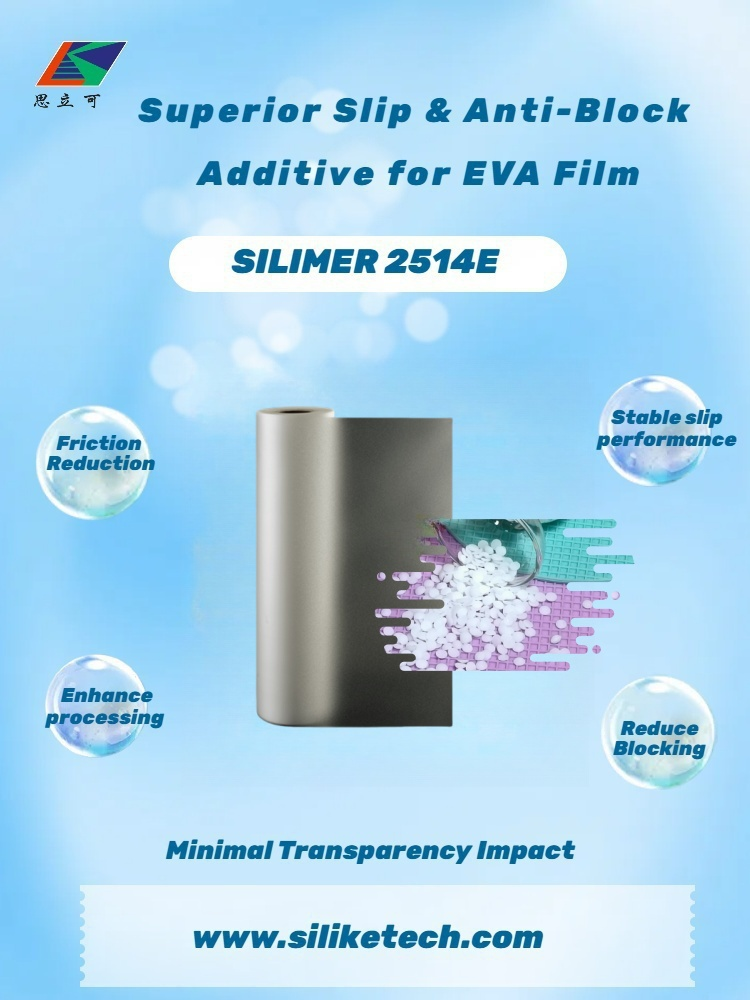EVA film, short for Ethylene Vinyl Acetate film, is a versatile material made from a copolymer of ethylene and vinyl acetate. It’s widely used across various industries due to its unique properties, such as flexibility, transparency, durability, and strong adhesion. The vinyl acetate content in EVA can be adjusted during production, allowing manufacturers to tailor its characteristics, like softness, toughness, or clarity, to suit specific applications. Common uses include solar panel encapsulation, glass lamination (e.g., for safety or decorative glass), packaging, and even footwear components like foam soles.
However, the very attributes that make EVA films desirable—like their high vinyl acetate content—also create significant processing challenges. If you’ve been battling with EVA film production inefficiencies, you’re not alone. From adhesion issues to equipment limitations, EVA manufacturers face ongoing struggles that can affect product quality and increase operational costs. In this article, we explore the root causes and efficient novel solutions for EVA Film Production.
The Hidden Challenges Behind EVA Film Manufacturing
EVA film producers often encounter the following critical issues during processing:
1. Inconsistent Adhesion: EVA’s adhesive nature can cause films to stick to machinery, protective layers, or even other films during processing, making it difficult to achieve uniform adhesion across all substrates.
2. High Friction & Blockage: The tackiness of EVA film can lead to rolls sticking together, causing blockages and increased friction, which ultimately leads to lower manufacturing efficiency and more frequent downtime.
3. Temperature Sensitivity: EVA processing is highly sensitive to temperature. If it’s too high or low, it can affect the film’s bond strength or cause it to thin out, resulting in defects like delamination, reducing the overall quality of the final product.
4. Environmental Sensitivity: EVA is sensitive to humidity and temperature variations during production, which can degrade material properties and lead to defects like bubbles, haze, and yellowing.
The Pain of Traditional Slip Additives
To address these issues, many EVA manufacturers turn to traditional slip additives like erucamide. However, these solutions often come with their drawbacks:
Unpredictable Performance: Slip additives can degrade over time or under varying temperature conditions, resulting in performance fluctuations.
Unpleasant Odors: Many slip additives contribute to unwanted smells, affecting both the production environment and the final product.
Inconsistent Friction: Friction coefficients can vary across different batches, making it hard to maintain smooth and uniform processing.
As a result, manufacturers are left with compromised production efficiency, higher costs, and inconsistent product quality.
The Solution: SILIKE SILIMER 2514E – A Slip and Anti-Block Masterbatch for EVA Films
SILIKE SILIMER 2514E is a breakthrough slip and anti-block silicone additive specifically designed to address the unique challenges of EVA film processing. Powered by a specially modified copolysiloxane polymer, SILIMER 2514E provides a superior solution to the problems posed by traditional additives, offering long-lasting, stable performance across different temperatures and processing conditions.
Why EVA Film Manufacturers Need SILIKE SILIMER 2514E- Super Slip Agent & Anti-Block Masterbatch?
Key Benefits of SILIKE SILIMER 2514E Solution for EVA Film Processing and Surface Properties
1. Stable, Long-Lasting Slip Performance
Unlike traditional slip additives,Slip and anti-block masterbatch SILIMER 2514E significantly reduces both static and dynamic friction coefficients, ensuring smooth film handling with minimal adhesion issues. Whether you’re handling laminated glass or producing solar panels, it helps you maintain a consistent process without compromising the film’s transparency or quality.
2. Enhanced Production Efficiency
The silicone-based formulation of slip and anti-block masterbatch SILIMER 2514E offers superior lubricity, reducing friction and helping to streamline production. With reduced downtime and fewer stoppages for equipment adjustments, you’ll boost efficiency and optimize production flow, saving valuable time and resources.
3. Low Odor, No Temperature Sensitivity
Traditional slip additives often release unpleasant odors or degrade over time, but slip and anti-block additive SILIMER 2514E remains stable, odor-free, and effective even in fluctuating temperatures. This makes it the ideal choice for ensuring both a pleasant production environment and consistent film performance.
4. Minimal Impact on Film Transparency
One of the key advantages of slip and anti-block agent SILIMER 2514E is that it doesn’t compromise the transparency of EVA films. It works seamlessly with applications that require high optical clarity, such as glass lamination or solar panel encapsulation.
If you’re tired of battling with adhesion problems, friction, and inconsistent film quality, effective functional film additive SILIKE SILIMER 2514E is the solution you need. Unlock enhanced film processing and efficiency today—say goodbye to sticky setbacks and hello to smooth, reliable production.
Contact SILIKE Now to Learn More About EVA film additive SILIMER 2514E and How It Can Boost Your EVA Film Processing and Surface Quality!
Post time: Mar-27-2025






